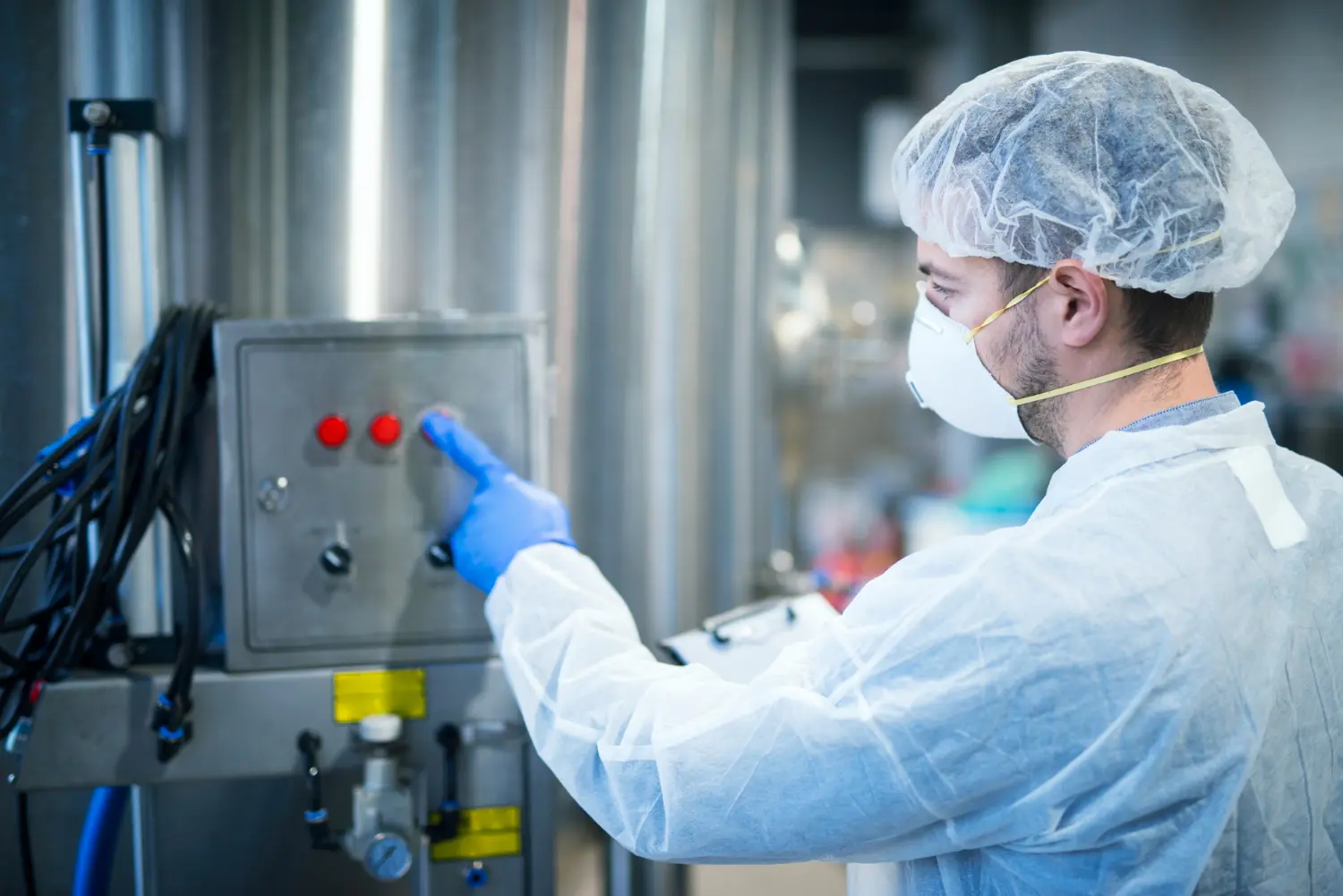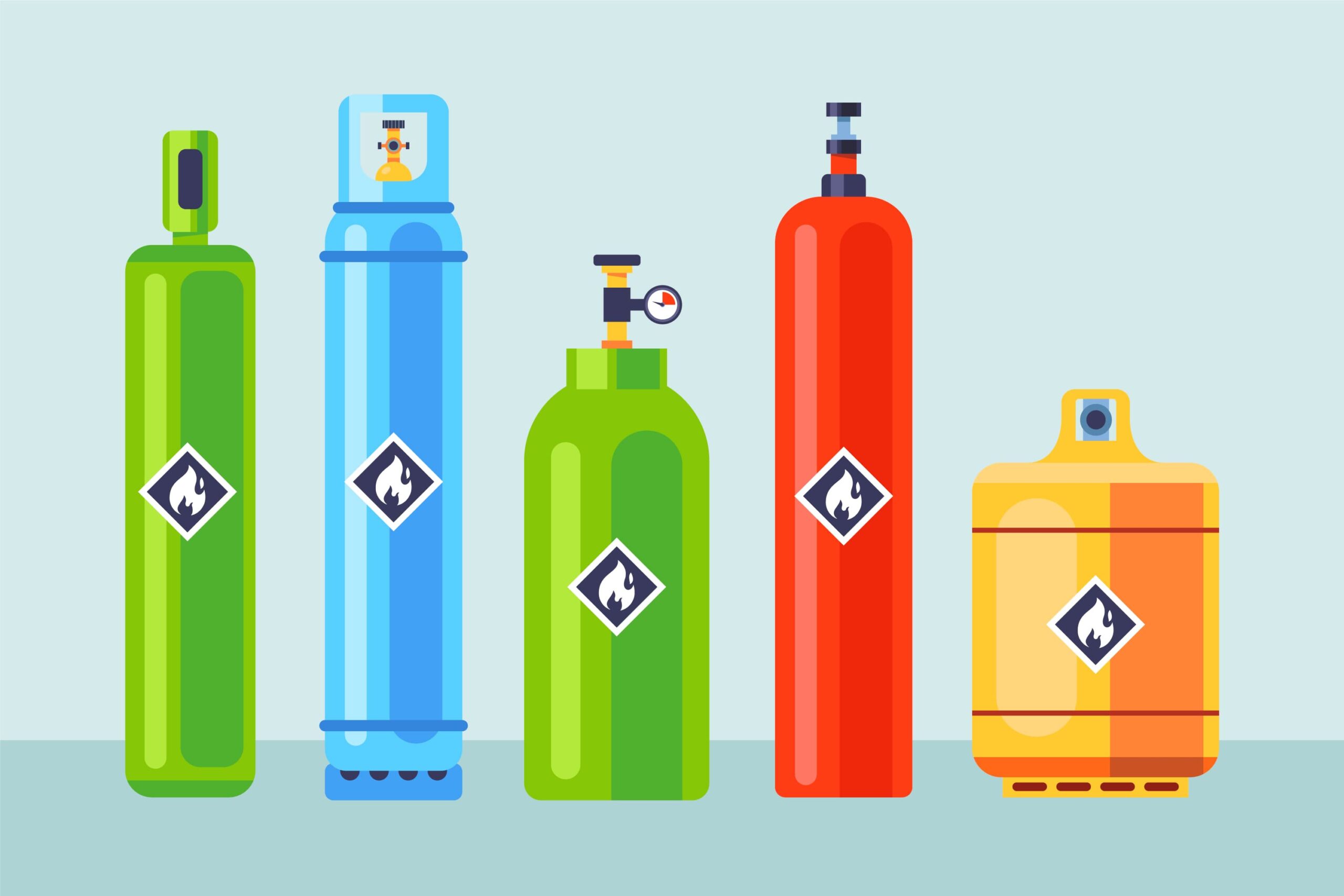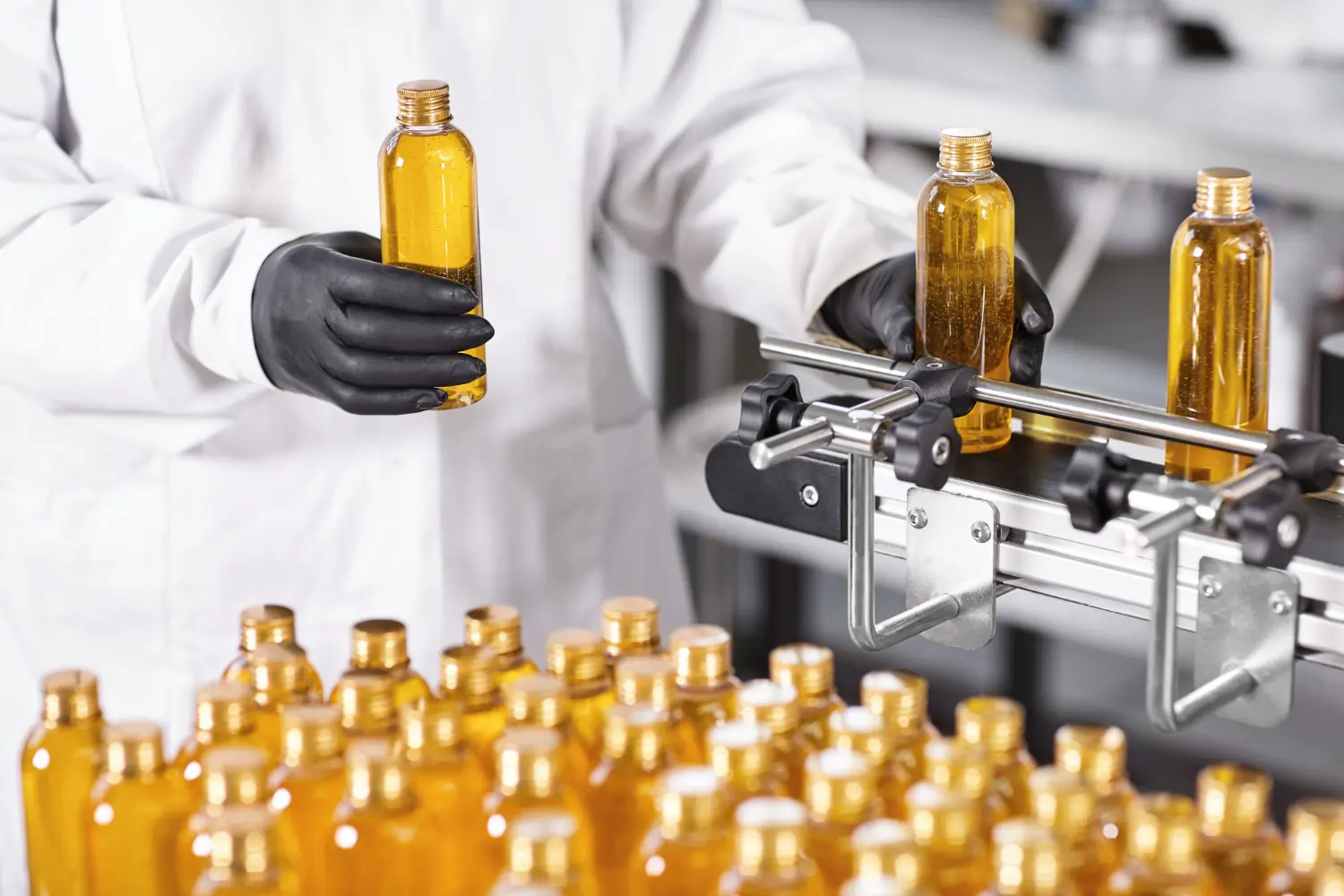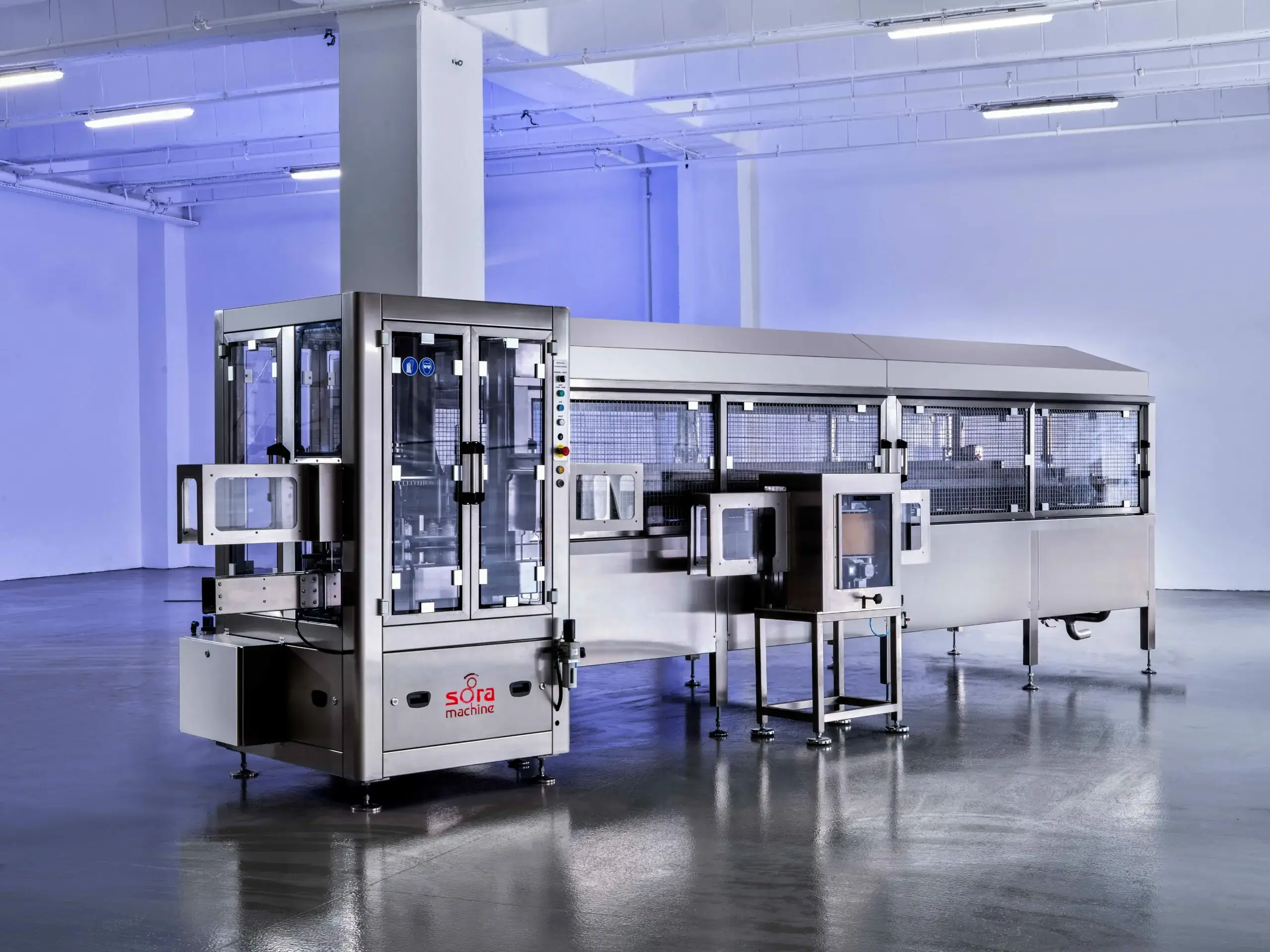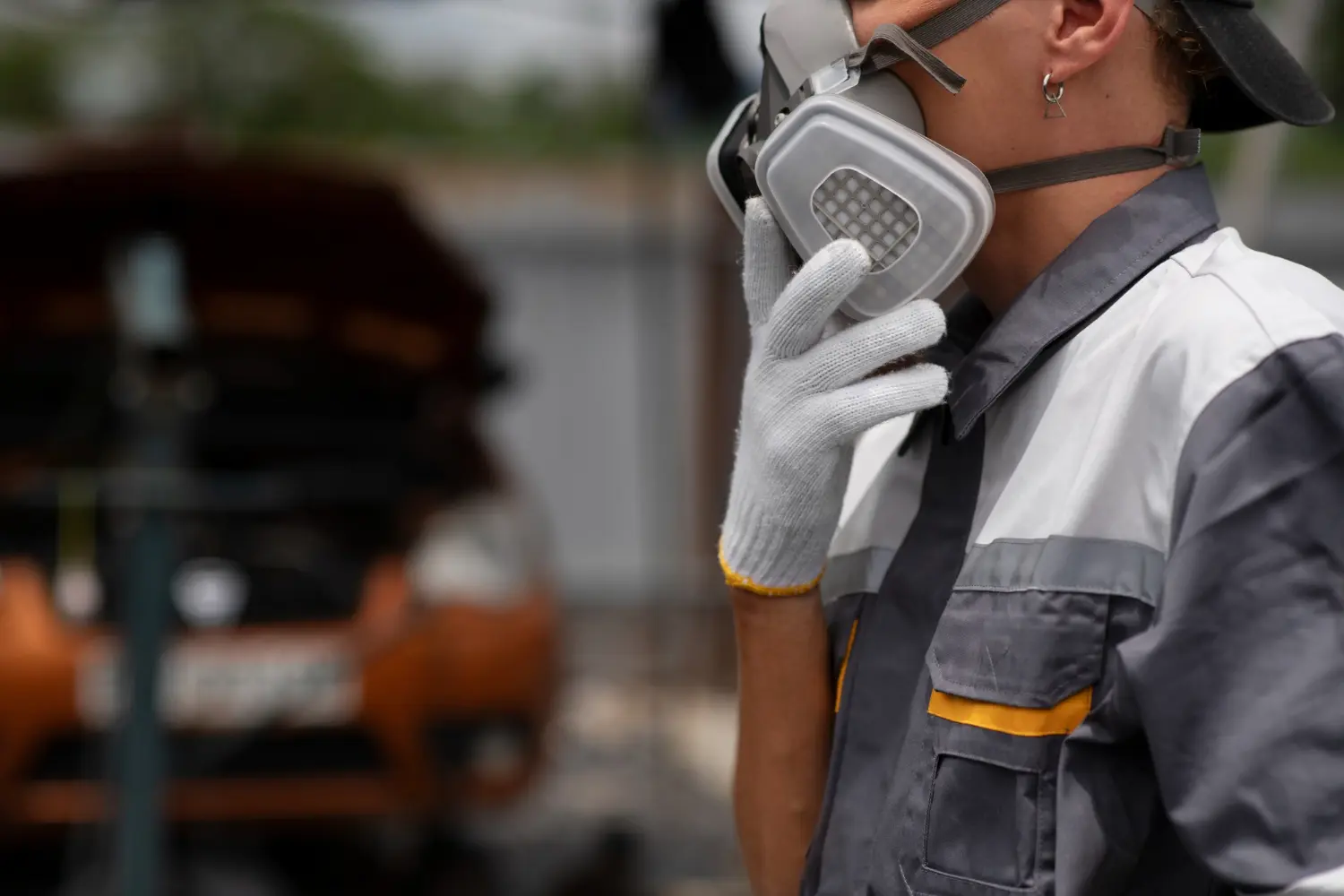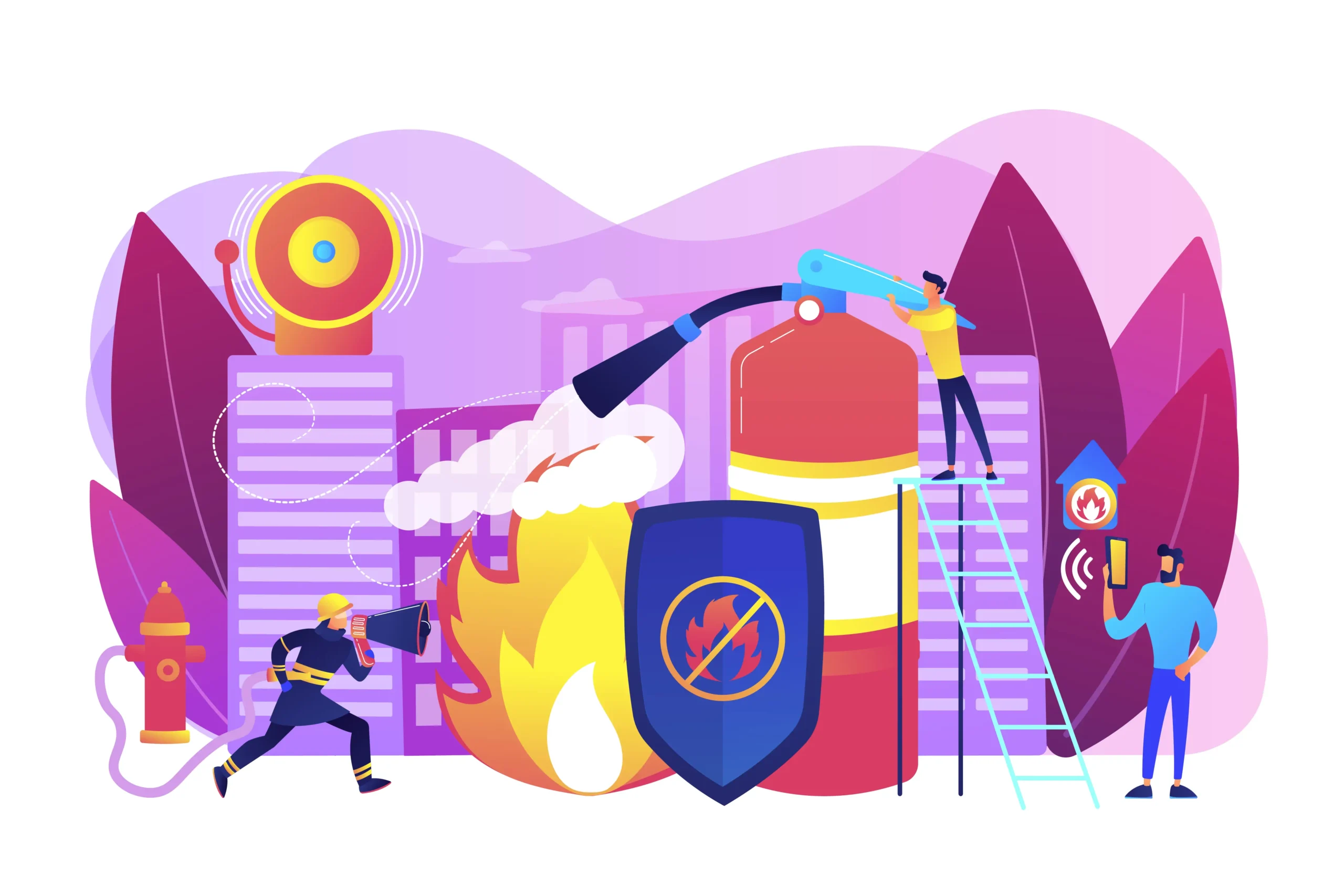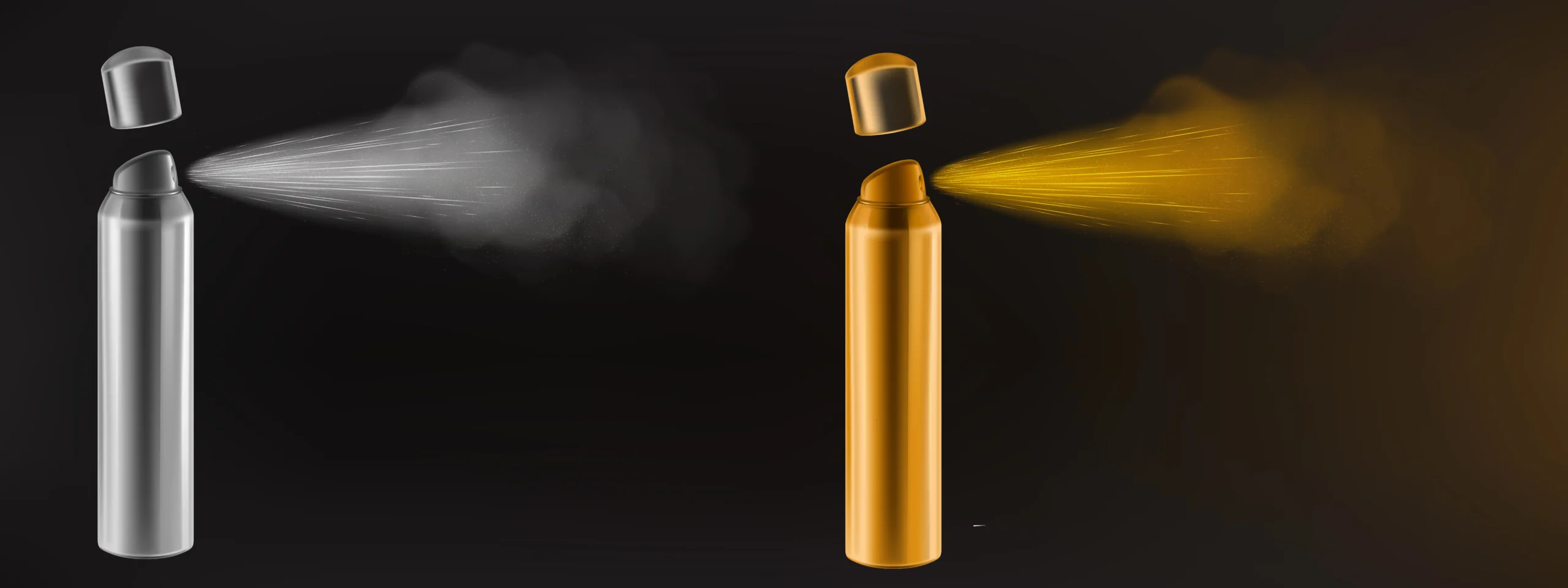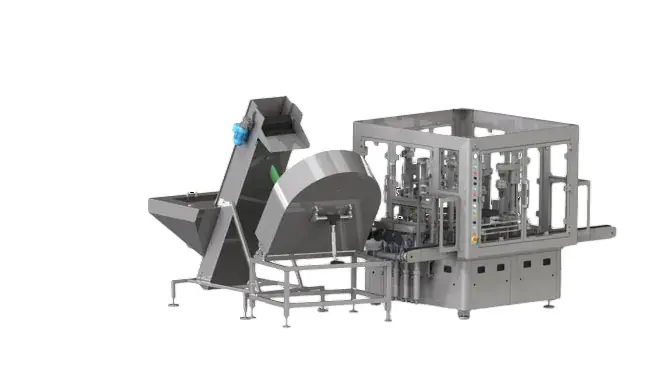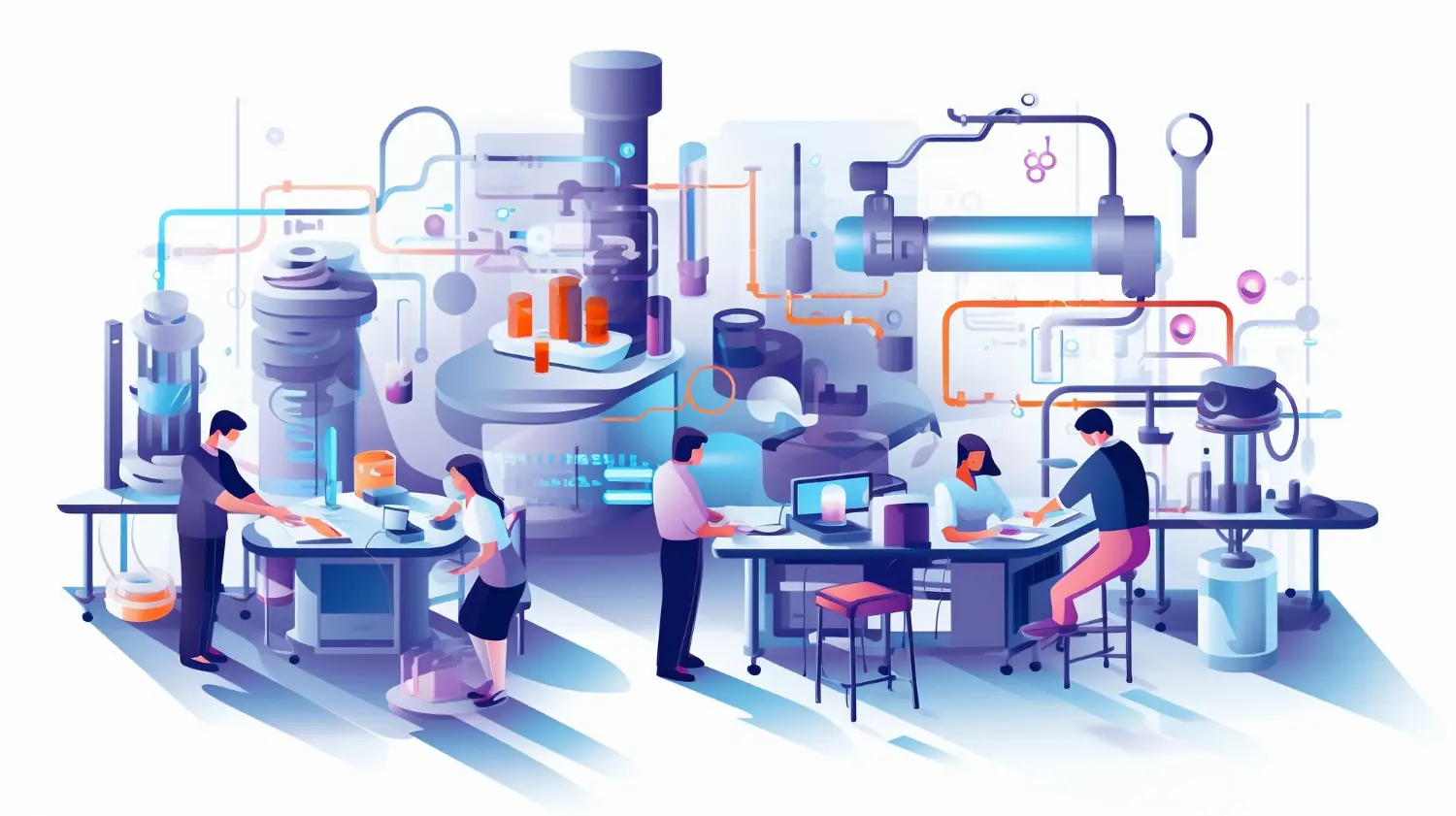Aerosol products are all around us—hair sprays, deodorants, air fresheners, even certain types of paint. But have you ever stopped to wonder how these handy pressurized cans are made? The process may look simple from the outside, but behind the scenes, it involves a lot of precision and high-tech machinery. If you’re asking questions like “How is gas filled into aerosol cans?” or “How do aerosol machines work?”—you’re in the right place.
In this guide, we’ll walk you through the aerosol production step by step. From preparing the cans to injecting the propellant gas, placing the valve, and finally checking everything for leaks and pressure issues—we’ll cover it all. You’ll also get a clear idea about which machines are used in an aerosol filling line and what kind of quality control procedures are involved. Let’s get started and open the lid on how these fascinating machines do their job.
How Are Aerosol Cans Prepared For The Filling Process?
Before anything gets filled or sealed, the first step in aerosol production is getting the cans ready. The cans are moved to a conveyor system where they are aligned in a uniform position. At this point, the machines that are used in an aerosol filling line start doing their job in full swing.
How is The Liquid Content Filled Into Aerosol Products?
It’s time to add the actual product—the liquid content. This is the main ingredient of the aerosol can, whether it’s hairspray, insect repellent, or paint.
The amount of liquid has to be just right. It is important for the standardization. These liquid filling machines are programmed to dispense an exact volume every single time. And yes, this is another important part of answering “How do aerosol machines work?”
In many production lines, there are sensors to check everything. That way, if something goes off, the system stops automatically.
How is The Valve Placement Process Done?
Now comes the tricky part—valve placement. If you’ve ever wondered how is the valve placed in aerosol filling, here’s how it goes. The valve is what controls the release of the product. It must be positioned perfectly to prevent leaks and ensure smooth spraying.
Specialized valve inserting machines pick up each valve and place it carefully onto the mouth of the can. Then, crimping machines come into play. They press the valve tightly into place, making sure it’s sealed. This seal is absolutely vital. If the valve isn’t set right, the entire can could leak or even explode under pressure. So, the machines double-check the positioning before letting it move down the line.
How is Propellant Gas Injected Into Aerosol Cans?
This is where the magic really happens. After the crimping of the valves, it’s time to fill the can with propellant gas. This is what allows the product to be sprayed in a fine mist when you press the nozzle.
So, how is gas filled into aerosol cans? The propellant is usually injected high-pressure gas filling machines. The gas can be liquefied petroleum gas (LPG), compressed air, or CO₂—depending on the product and its use.
These machines inject the gas in very small, controlled amounts. They have to be precise because even a slight error could make the can unsafe. High-pressure sensors and digital controllers help manage this part of the process. This step is probably the most sensitive, and it plays a big role in both safety and product performance.
How is Leak Detection Performed?
Once the can is filled and pressurized, it needs to be tested for leaks. This is not optional. If a can leaks even slightly, it could be dangerous—not to mention a total waste of product and money.
Leak detection machines are designed to spot even the tiniest leaks. Some use water baths where cans are submerged and bubbles are observed. Others use electronic sensors or vacuum chambers. These machines scan each can and remove any defective ones from the production line. This is a vital step in quality control procedures related to aerosol filling machines.
It’s a bit like giving each can a mini health check before sending it out into the world.
How Are Weight And Pressure Controls Ensured For Aerosol Products?
Every filled aerosol can must meet strict weight and pressure standards. Otherwise, it won’t perform correctly. Some might spray too hard, others not at all. So, right after the leak check, the cans are weighed.
High-speed checkweighers measure the can’s total weight and compare it to the expected value. If it is not fits your standards, it’ll be rejected. These machines are super sensitive, and they operate at high speeds without slowing down the line.
Pressure testing is also done to ensure that the internal gas pressure is within the safe range. Too much pressure can make a can explode. Too little, and it won’t spray. These quality control steps make sure each product is safe, consistent, and ready for use.
What is The Labeling And Packaging Process For Aerosol Products?
After the cans pass all the tests, they move to the final stages: labeling and packaging. Labeling machines apply printed labels to the cans, often using heat or pressure to stick them firmly. The labels must be straight, bubble-free, and properly placed. Why? Because crooked labels look bad—and first impressions count.
Then comes packaging. Cans are grouped into boxes or trays using automated case packers. These machines place them neatly and securely to avoid any damage during shipping. Some systems even shrink-wrap the trays for extra protection.
This stage is the last chance to spot errors before the products leave the facility, so attention to detail is crucial.
How is Quality Control Performed After Aerosol Filling?
Even after all these steps, one final quality control check is usually done. This involves human inspectors or machine vision systems doing a visual inspection. They look for dents, missing labels, off-colors, and other signs of trouble.
Some lines also run sample cans through functionality tests—checking the spray pattern, nozzle performance, and even the smell or feel of the product. These quality control procedures related to aerosol filling machines help ensure that only the best cans make it to store shelves.
By the time a can is boxed up, it has gone through multiple checks and tests. So the next time you pick up a can of air freshener or sunscreen, know that a lot of care and technology went into making it.
So, how do aerosol machines work? Well, as you’ve seen, the aerosol production step by step involves a lot more than meets the eye. From the cleaning and valve placement to the liquid filling, gas injection, leak detection, and packaging—it’s a full-scale operation with many specialized machines.
Understanding how is gas filled into aerosol cans and which machines are used in an aerosol filling line can help you appreciate the technology behind everyday products. And don’t forget about the importance of quality control procedures related to aerosol filling machines—these keep everything safe and up to standard.
If you’re in the industry or just curious, knowing this process gives you a better look at the world of manufacturing. It’s all about precision, safety, and delivering a reliable product every time.
Click here for everything you need to know about aerosol filling machines.
